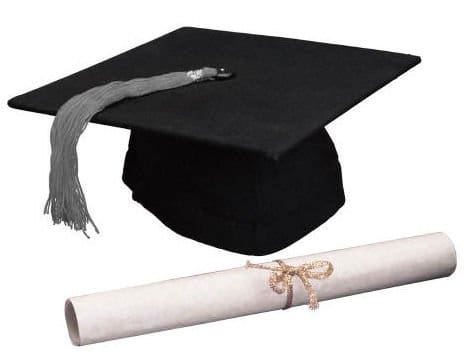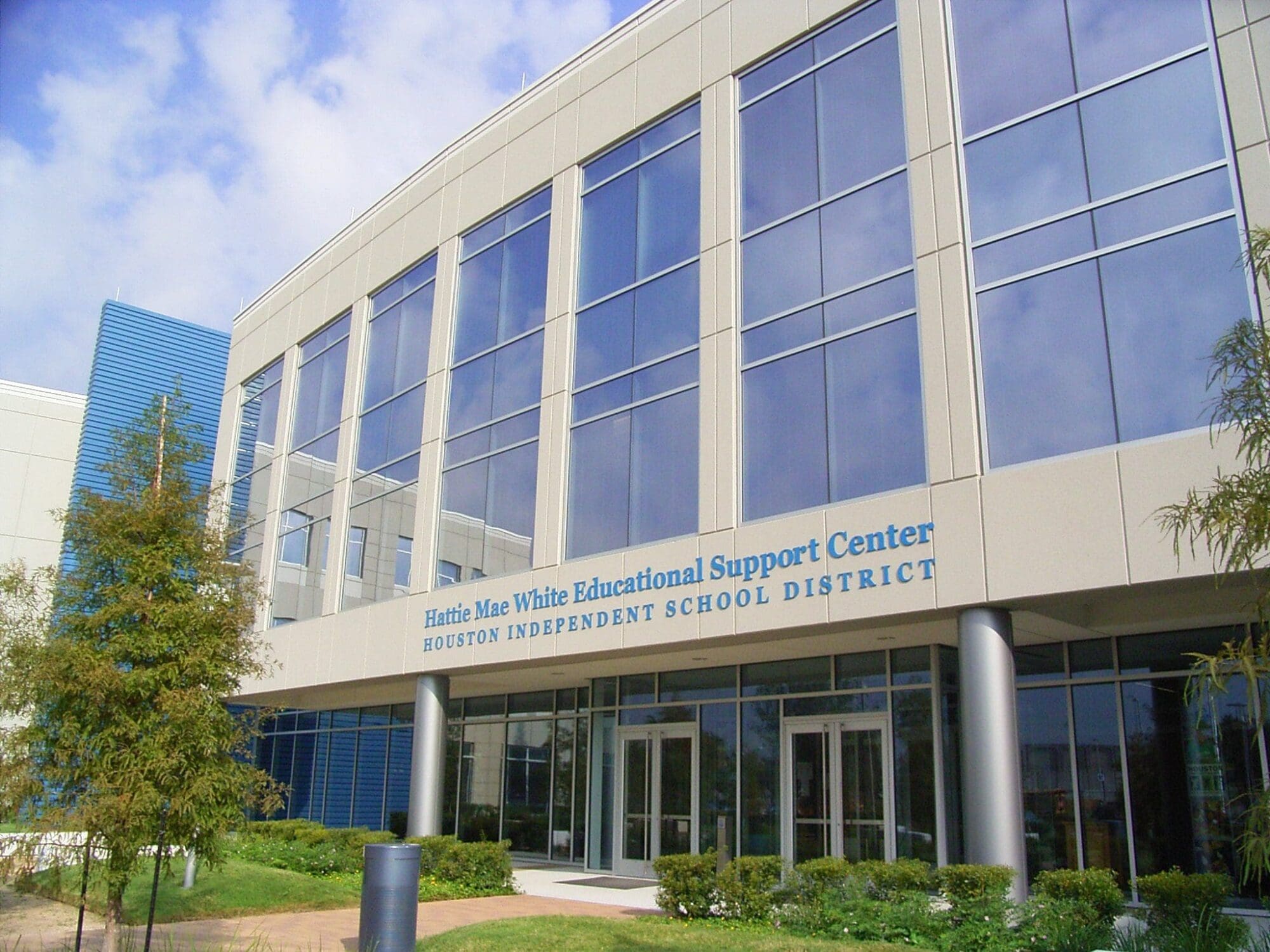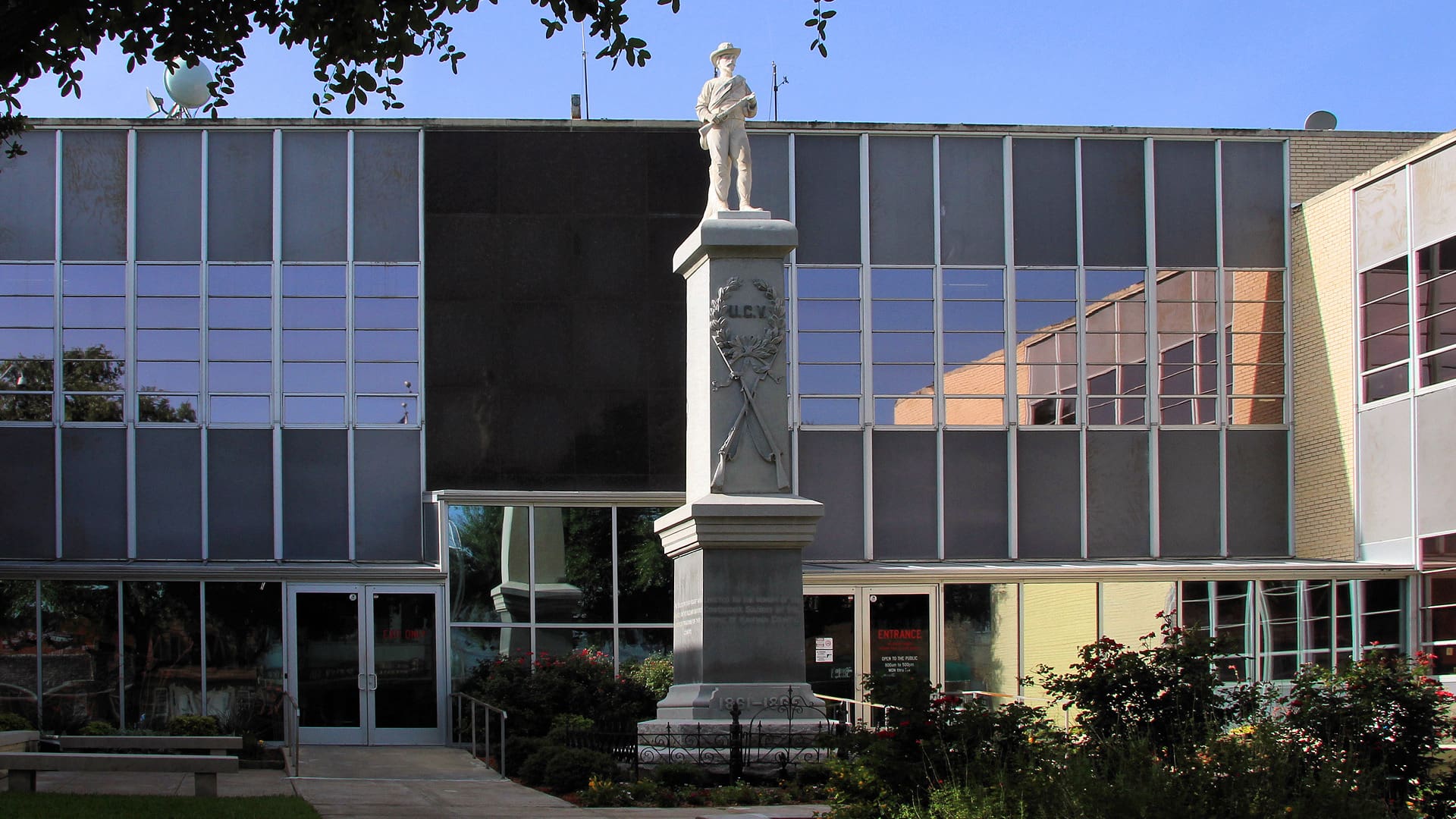Texas public schools have doubled per-pupil spending over the last decade, but the academic results should leave teachers, parents, taxpayers and lawmakers wondering where the money has gone. And one school administrator doesn’t think college readiness should be a factor in considering public-ed performance.
According to the Texas Education Agency, school districts reported spending more than $25.2 billion in 2000 on 3.9 million school children. In 2010, the districts reported $53.7 billion in spending on 4.7 million kids. That means per-pupil spending rose from $6,360 per child in 2000 to $11,427 per pupil in 2010. Inflation over that period would get you up to $7,971, so where is the other $3,456 per student going? Shouldn’t we see some of that in the form of higher academic outcomes, and greater preparedness for post-secondary education?
Instead, SAT scores remained mostly flat: 985 in 2000 to a 989 in 2010. (The average scores for 2011 actually declined several points.)

- Approximately half of freshmen entering Texas’ colleges and universities need remedial classes.
According to the Houston Chronicle, the Texas Higher Education Coordinating Board says “more than half the entering freshmen at Texas colleges and universities need remedial classes.”
Scoffing past such facts, at least one apologist for public-ed bloat — blogger Jerry R. Burkett, Ph.D. — dismisses the value of considering SAT scores when judging academic performance.
Burkett, who claims to be a Metroplex-area principal but doesn’t note on his blog in what district, says he wants “more from my school district than an SAT prep school” and claims schools should “concentrate their efforts on creating a well-rounded student that will compete in our global market.”
Sounds just lovely. Of course, it also sounds like Mr. Burkett, Ph.D., doesn’t think being “well-rounded” and able to “compete in our global market” has anything to do with a student’s readiness to receive an education beyond high school.
To put it bluntly, Mr. Burkett, there’s not much call in the “global market” for a high-school-only education. Post-secondary — college, vocational or technical — education is necessary to be competitive in most fields.
What does it tell us If the best and brightest products of Texas’ public schools require remediation in such numbers? What’s the situation like for kids entering the workforce or other post-secondary training right out of high school? Frankly, it should call into question exactly how public school administrators are mis-spending the taxpayers money, the teachers’ time and the children’s futures.
This is a costly problem. Remediation eats up expensive credit-hours in college for knowledge and skills that should have been gained in high school.
One college administrator recently told me that when considering how unprepared so many public-school graduates are for higher-education, he sometimes thinks his institution’s trustees should sue school districts for not performing as advertised.
Now that would be a school finance case to behold…
But don’t expect educrats like Mr. Burkett, Ph.D., to concern themselves with such problems; it isn’t their money, after all. It really is easier to just use state education money to buy jumbo-size video scoreboards.
Before caving into the perpetual-growth demands of education administrators intent on bloating their fiefdoms and continuing to paper over deficiencies with more money, Texas lawmakers should demand that educrats explain why so much has been spent and yet our students are seemingly so unprepared for college.






